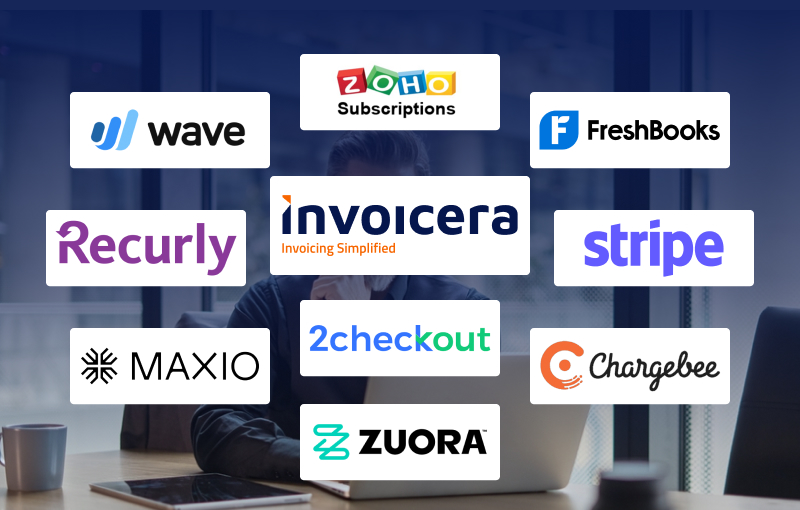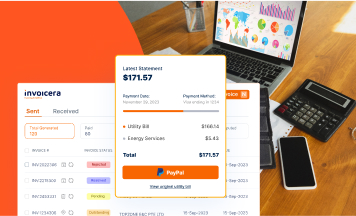Introduction
Traditional methods have always paved way for complicating the invoicing process, irrespective of the business reach. More paper work, more human calculations have always tended to contribute errors in invoicing. Engaging business customers with E-Invoicing Solutions not only help to negate human errors, but also eliminate unwanted costs and complexities involved in the entire invoicing work-flow. E-Invoicing helps to scan paper invoices in single touch, comply reviews and approve them and also help to settle users more efficiently and engage with discounts applicable on payments.
For any E-Invoicing Solution to succeed it is essential to have the basic 5 essential benchmarks as stated below:
On-boarding of Suppliers: One of the major issues that e-invoicing solution faces is the non-compliance mode of suppliers. In most cases, a detailed level of viability has been questioned before the actual engagement, more often. Hence it is required to ensure that the supplier invoicing system is transparent, that shows real time statistics, cost free. As a solution provider, the system should be willing to accommodate suppliers by closely working with them and help in smooth transition to electronic invoicing.
Online/Electronic Payments: Though many suppliers implement invoicing, many processes still remain without being in sync with the back office process. Having electronic payments methods integrated ensures that the entire workflow involved in front end as well as with back office process is always in sync.
Better scan system: Quite often seen as the first step in e-invoicing, it is essential to have an intelligent invoice scan system to be given as input to the e-invoicing solution that automates the procedures. Though vendors might see this as a less complex task, it actually needs deep levels of detailing on what all fields are being extracted and how they are being stored and processed by the system. Suppliers gain trust on the solution, only if a system not only automates the process but also validates the data that is given as input for calculations.
Implementation and Training: The new e-invoicing system for being implemented successfully, needs to have better interaction with existing staffs, have a better knowledge of existing processes, and also learn about the scope of changes that can come into the system. This would help to develop an invoicing system that is more user-friendly with valid features and also offers a space for accommodating changes that may come in the future. Offering systems training for direct users ensures that all levels of queries are answered as a part of on the job training.
Dashboards, Data Quality Services and Reporting: The e-invoicing solution should be capable of showing real time processing statistics and logs to business. This would help to assess the performance shown by all departments in detail. These statistics would also serve as knowledge processing systems that help to study the trends, benchmark each stage, changes incurred and take corrective actions more effectively.
Implementing Data Quality Services help to negate a significant amount of research, thereby clinically matching outcomes and resolving associated tasks with better validations via implementing strict data quality checks right before the actual invoices are delivered to the stakeholders. Meeting invoicing criteria, matching government rules, tax calculation, customs and trade rules, all can be offered via data quality services. These requirements vary by region that might also relate to digital signature, compliance of data and also differ with mandated Government Systems.
Thus E-invoicing solutions that would serve all the above mentioned features, are surely going to make a huge difference to business by enabling better cash-flow that would lead to further investments.







